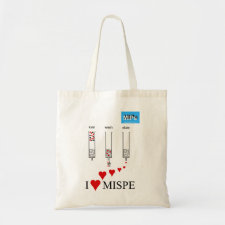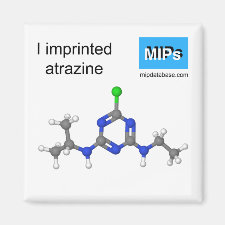
Authors: Shoji R, Takeuchi T, Suzuki H, Kubo I
Article Title: Atrazine sensor based on a nano chemical receptor modified electrode.
Publication date: 2003
Journal: Bunseki Kagaku
Volume: 52
Issue: (12)
Page numbers: 1141-1146.
DOI: 10.2116/bunsekikagaku.52.1141
Alternative URL: http://www.jstage.jst.go.jp/article/bunsekikagaku/52/12/1141/_pdf
Abstract: Atrazine has been used as a herbicide, and acts as an endocrine-disrupting chemical. We have been studying the development of an electrochemical sensing system for atrazine based on its reductive current. In order to give selectivity to the sensing system, a gold electrode of chip was modified with a nano chemical receptor as a recognition element of atrazine utilizing a molecular imprinting technique. The nano chemical receptor is nano meter in its size, which has a specific binding site of a template molecule. We propose an atrazine sensor chip modified with nano chemical receptors. Preparation of nano chemical receptor chip was performed by the UV irradiated polymerization of a cocktail composed from a template molecule of atrazine, MAA, EDMA and AIBN dissolved in DMF on the surface of the gold chip. The gold surface was modified by an allyl group so as to immobilize the receptor layer on the surface. After preparing nano chemical receptors on the chip, atrazine was removed. A measurement of atrazine was performed by cyclic voltammetry. Cathodic current of atrazine was observed at negative potentials lower than -500 mV vs. Ag/AgCl. The reductive current showed a dependence on the concentration of atrazine in the range of 1-10 μM with the chip A (1.5 x 13 mm). In order to develop miniaturized sensor, chip B with an area of 1.8 x 0.6 mm was used. With the use of chip B, atrazine could be determined as well as with chip A. The thickness of nano chemical receptor layer was controlled by spin-coating. By rotating at 800 rpm, the thickness of the layer was controlled to 35 ± 3.5 μm, whereas without spinning it was 65 ± 12.1 μm. A chip with thinner layer gave slightly larger responses with a smaller standard deviation. By using chip B with a controlled receptor layer, the detection limit was as low as 50 nM (10.8 ppb)
Template and target information: atrazine



Join the Society for Molecular Imprinting

New items RSS feed
Sign-up for e-mail updates:
Choose between receiving an occasional newsletter or more frequent e-mail alerts.
Click here to go to the sign-up page.
Is your name elemental or peptidic? Enter your name and find out by clicking either of the buttons below!
Other products you may like:
 MIPdatabase
MIPdatabase









